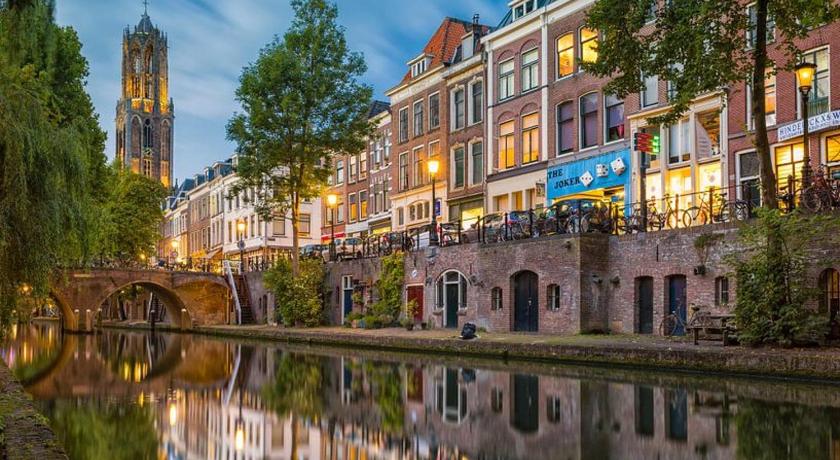July 2024: heatwave in the European hotel industry
Temperatures continue to rise across the Old Continent, and so does the performance of the European hotel industry. As we enter July, all indicators are up for both 2022 and 2023, confirming the industry’s good momentum of recent months. While Southern Europe is performing well at the height of the summer season, it would appear that Central and Eastern Europe are even more dynamic, with the Czech Republic, Latvia and Germany standing out in particular.
The European hotel industry posted an occupancy rate of 74.8% in July, marking an increase of +0.4 points compared to July 2023 and +0.8 points compared to July 2022. A modest improvement, but one that at last reverses the trend seen in recent months, when occupancy has fallen slightly. However, the occupancy rate is much lower than in June, when it stood at 77.7%. The evolution is more visible on the pricing side, with an average daily rate up +6.3% compared to 2023, and jumping +14% relative to 2022.
Once again, this indicator is slightly below the previous month’s levels, dropping from 146.9 euros to 144 euros, but remains higher than in May (135.7 euros). The combined rise in occupancy rate and average daily rate means that the European hotel industry is also posting growth in RevPAR, +6.9% vs. 2023 and +15.3% vs. 2022. This growth is much higher than that seen in June (+1.2% vs. 2023), attesting to the sector’s dynamism at the height of the summer season. The upscale segment continues to lead the way in terms of frequentation, with an
increase of +1.8 points, followed by the midscale and economy segments, which posted timid gains of +0.3 points and +0.1 points respectively.
As in June, the budget category is still the only one to see its occupancy drop compared to 2023, -1.1 points. The opposite trend can be seen in average daily rates, with the entry-level segments showing the strongest growth (+6.5% for both), although the midscale and upscale segments are not far behind, with increases of +5.8% and +5.2% respectively. The same is true for 2022, with the budget segment coming out on top with a +16% rise in average daily rates, followed by the economy segment with +15.3% growth, while the upscale category posts the smallest increase (+10.7%). Unsurprisingly, the upscale segment topped the RevPAR rankings with an increase of +7.7%, outstripping the continent’s average rise. The economy category takes second place with RevPAR up +6.6%, and the midscale closes the podium with an increase of +6.3%.
Despite a significant rise in average prices, the drop in occupancy somewhat penalized the budget segment, which posted RevPAR growth of “only” +4.8%. While Italy, Portugal, Spain and Greece have traditionally been at the forefront of European tourism during the summer months, climate change seems to be overturning this paradigm. The phenomenon of tourismophobia that also affects these destinations, mainly Spain, may also explain their absence from the top of the rankings, while the countries of Central and Eastern Europe are making rapid progress, notably the Czech Republic and Latvia. It remains to be seen whether this trend will be confirmed in August, or whether, on the contrary, Southern European countries will regain their leading position.




























